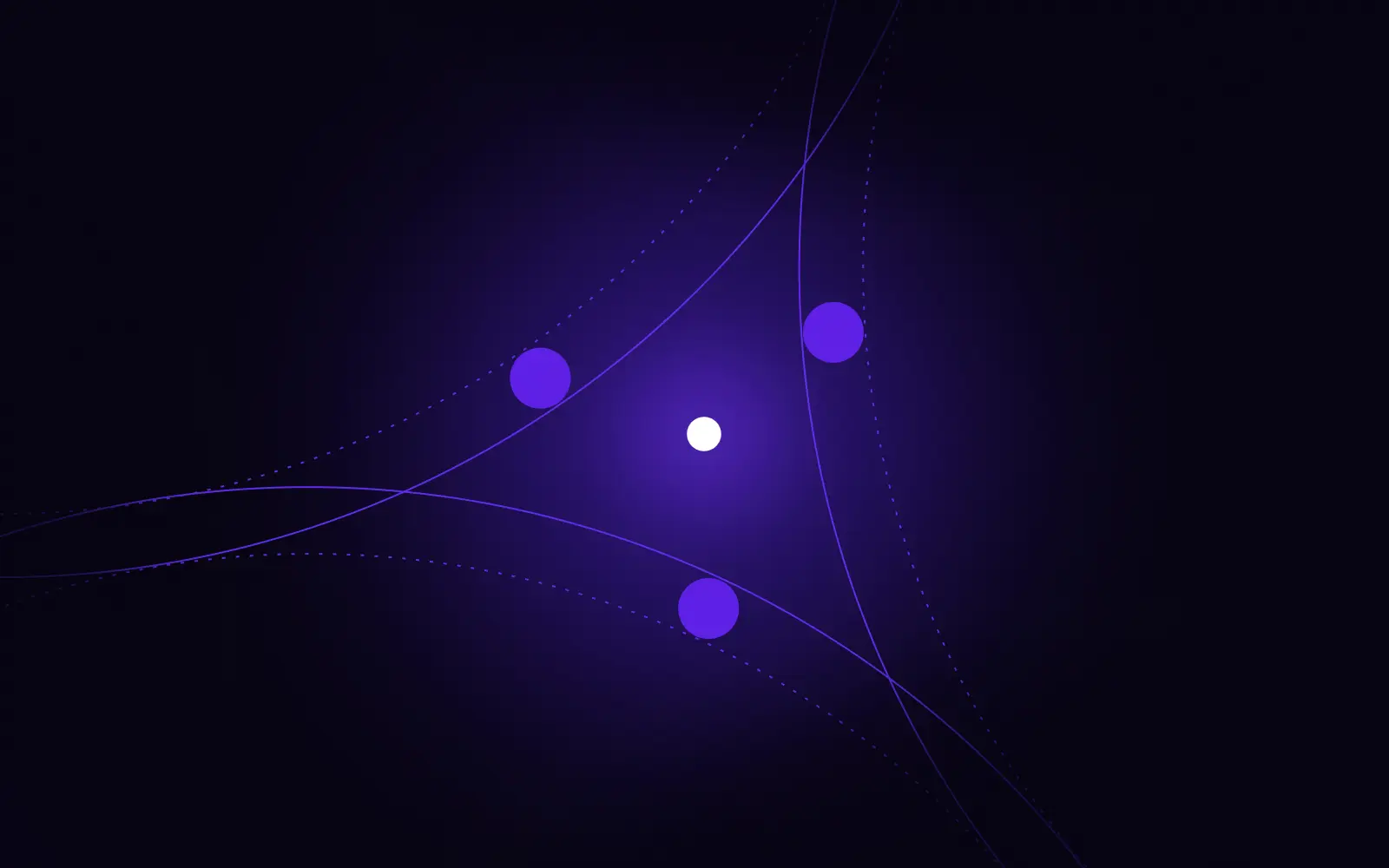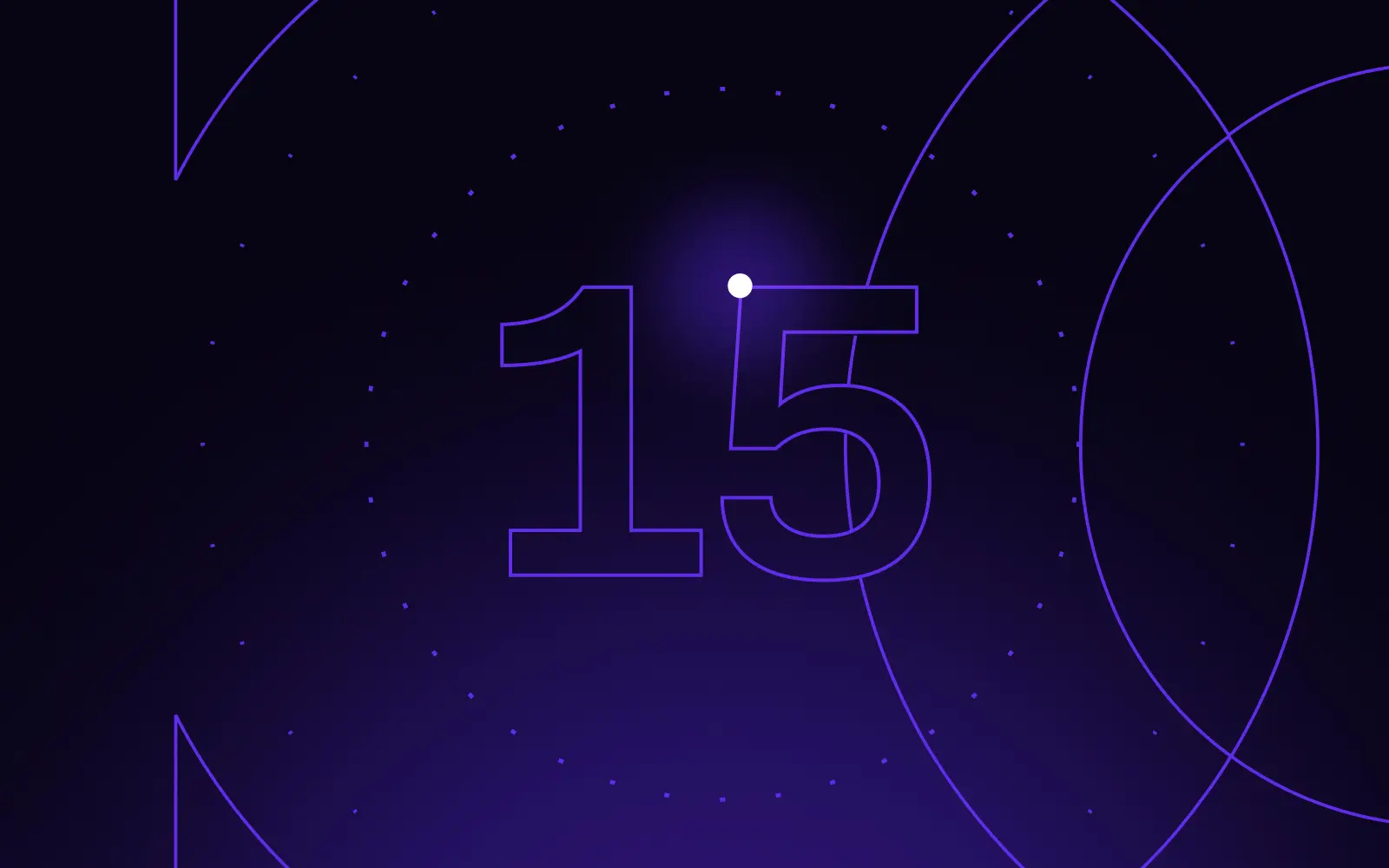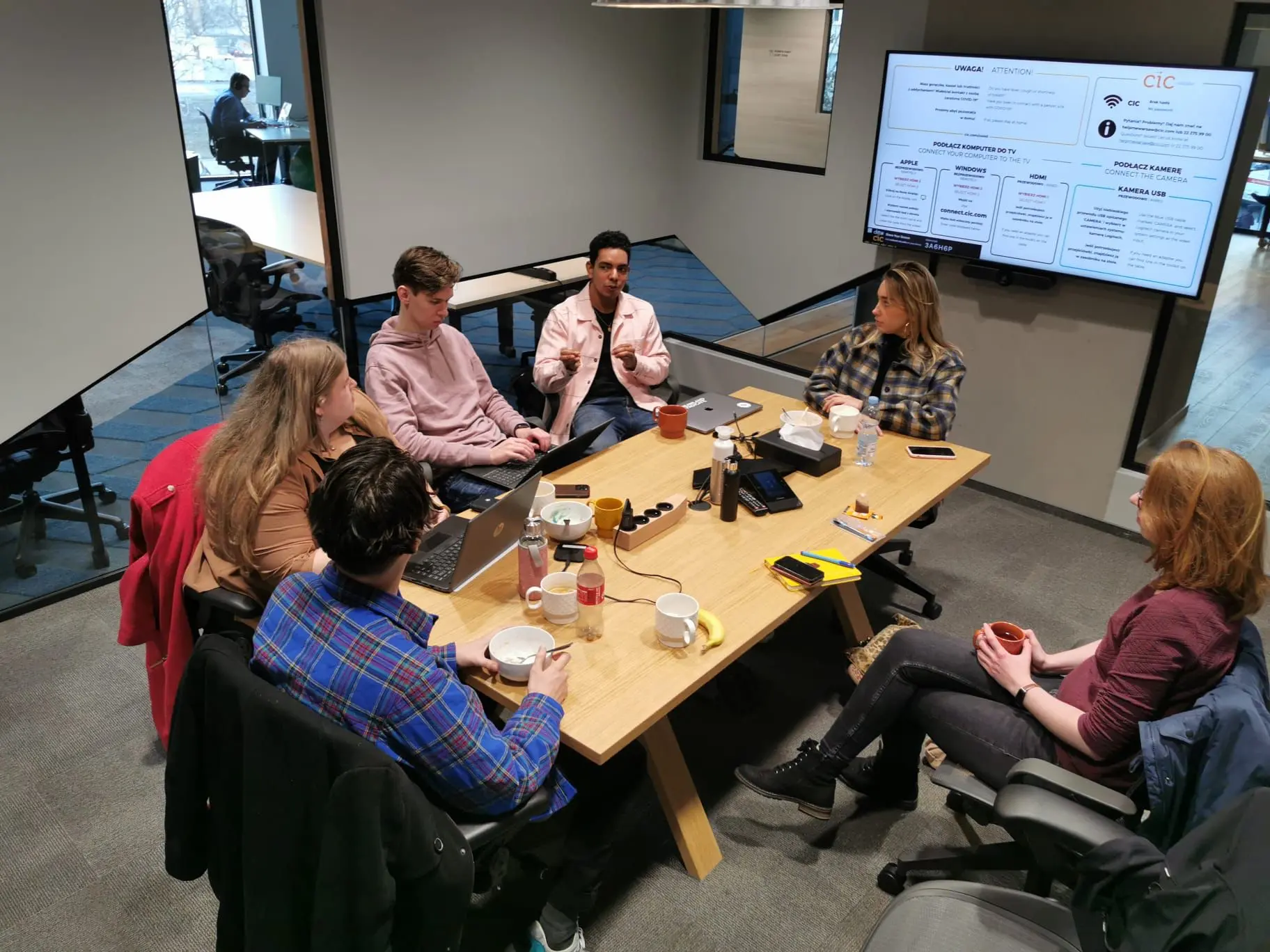
We explore the challenge using elements of Design Sprint 2.0
At 10Clouds we respect the fact that people sense the same reality in different ways. In the spirit of the company’s values such as effectiveness and humanism, we create a work environment that embraces the mutual understanding of behavioral traits, various ways of thinking, feeling and being. Learning how to work effectively together and make it an exceptional experience is our ongoing goal.
We wanted to use elements of the Design Sprint format to explore potential answers to the following questions.
- How can we make workplaces more neurodiversity-friendly?
- How can neurodiverse employees and candidates be made to feel welcome in the workplace?
- How can they be encouraged to share how they like to work? And how can workplaces cater for this?
Read on to find out what we discovered, and some of the solutions we proposed.
What is Neurodiversity?
Neurodiversity is a term which highlights a common understanding that people’s brains vary. These variations may regard various aspects, eg. sociability, learning, attention, mood or other mental functions. These variations impact people’s cognitive styles, ie. because of the permanent differences in our psyches there are individual differences in how each of us sees the reality, thinks, learns, organizes and processes information. Often, the term ‘neurodiversity’ is associated with the autism spectrum, but it is also applied to other neurodevelopmental conditions, included, but not limited to: ADHD, speech disorders, dyslexia, dyscalculia, schizofrenia, bipolar disorder, sensory integration disorders or highly sensitive people (HSP).

Our Design Sprint workshops
We decided to take on the above-mentioned challenge, and invited a group of Design students from the Netherlands, who took part in a Design Sprint workshop with 10Clouds.These students are all doing a program called Co-Design Studio, which is a collaboration between Design Fundamentals Academy and the University of Applied Sciences, Utrecht.
First, through cross-department brainstorming we came up with the idea to address the challenges that neurodivergent candidates can face when applying for a job. To facilitate the Design Sprint we not only introduced the students to its theory and process, but also invited an expert in the field from Asper IT, a social project that activates high-functioning individuals on the autism spectrum to work in the IT industry.
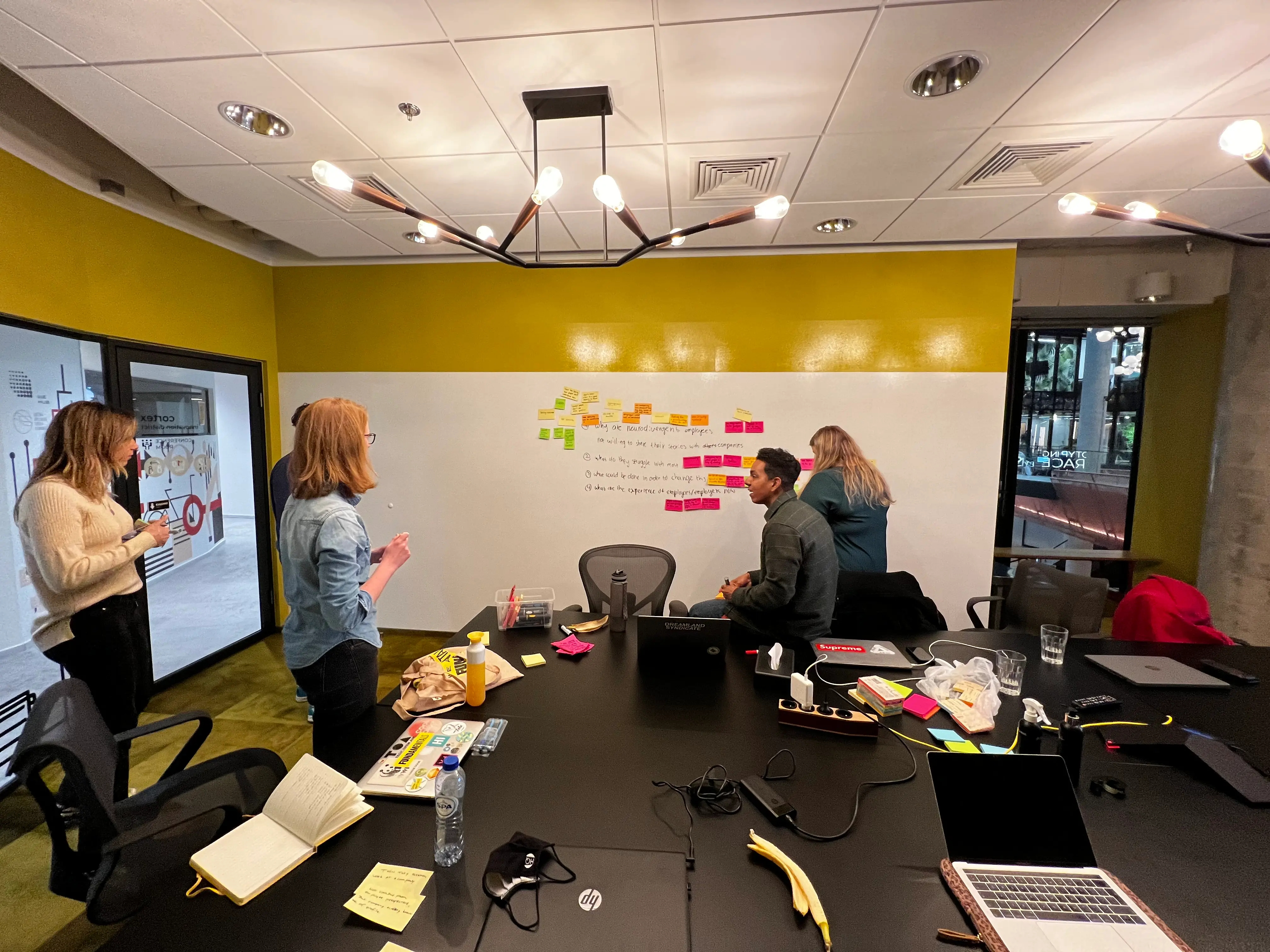
The Current Situation
- When advertising for jobs, employers rarely give details about the human-interaction element of the job. e.g. How much requirement there would be for face-to-face meetings, attending events etc.
- When seeking work, prospective neurodivergent employees may sometimes be hesitant to apply for work due to concerns around the working environment.
- Some neurodivergent candidates may underperform in the interview process due to their condition as opposed to a lack of knowledge, skills or experience.
- Once hired, they contribute to the effectiveness of a workplace. Scientific research shows both diverse teams and teams operating in high-diversity environments perform up to 30% better, according to Gartner.)
Our method
Using elements of the Design Sprint 2.0, the team conducted research on the challenge and came up with various solutions that would help someone on the neurodiversity spectrum to feel more comfortable and understood within the working environment.
Using The Golden Circle Canvas
The team used Sinek's Golden Circle model to explore how they wanted to position their solution, and how they would differentiate it from the competition. Golden circle asks the questions of Who? Why? Where? and What? to hone in on the value of the solution.
Who will the product serve?
People on the autistic spectrum who are willing and able to work.
Why are we creating it?
We would like to offer these people a sustainable and fulfilling career.
How will we achieve this?
By encouraging more employers to think about creating a lasting and comfortable working environment.
By supporting these candidates in feeling valued and accepted.
What do we need to do?
Conduct research into the needs of such candidates.
Educate employees and colleagues.
Our challenge defined
How might we offer a sustainable career for people with autism, while making lasting relationships within the working environment that makes them feel understood, valued and accepted?
Researching neurodiversity and existing support:
During our research the team found the following insights about neurodiversity which they wanted to explore more deeply:
- People on autistic spectrum have a need for a stable and lasting factor in their life
- There are already companies which support people on the autistic spectrum to adapt to the working environment and perform to their best ability in the application process. But they offer support during a snapshot of this person’s life - while there is clearly a need for a more lasting presence.
- Many neurodivergent people would benefit from the stability of ongoing employment support. That way they can build a relationship with a coach or mentor. Here, clear communication and patience is important, because the key is to build mutual understanding and trust.
Methods to help people with a autistic spectrum open up
Opening up a communication channel is just the first step. It’s important to encourage an ongoing dialogue and to encourage neurodivergent employees and candidates to open up. Often, speaking about feelings and emotions can be challenging.
Make it visual
We learned that it helps to use visualisations and we came up with the idea of a card game. When candidates can't find the words to explain what they feel or if they do not understand their own feelings, using simple visuals can help them.
Create a safe environment
To open up, people need to feel safe. When neurodivergent people are doing something they love, they are in their “safe space” and they are more likely to open up. So it might be a good idea to combine such a space with an open discussion.
Coming up with solutions
The initial solution explored was focussed on employees on the spectrum being transparent with tasks they’re working on, allowing them to express how they’re feeling in general or regarding a specific task, and also specifying how they would like to receive support, thereby allowing peers or managers to know how and when to offer help.
Later on, the team realised a better solution would be one of an app that every company can implement, where each employee can create a profile to inform who they are, what they like, how they prefer to work (in an environment), and how someone should communicate with them.
The team understood that the solution is but a part of the whole, highlighting that it would only work successfully if companies can also have a dedicated person in place that is specialised in communicating with neurodivergent people, to be able to provide workshops for every employee on this topic, and to be able to coach anyone that wants to find out more or needs support with this subject.
The Design Process
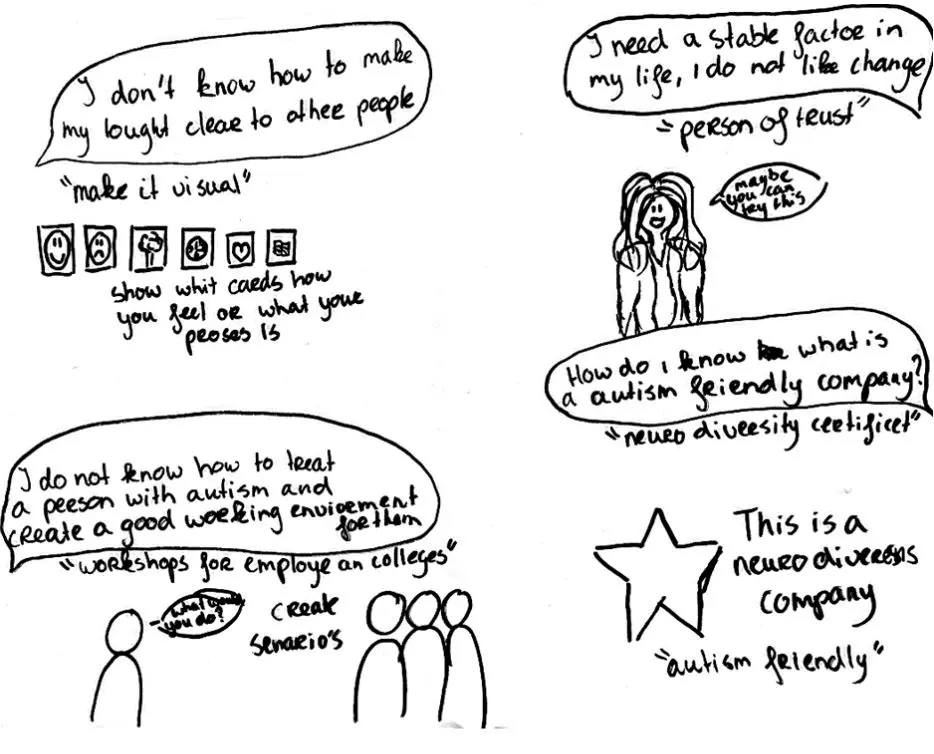
Features
An employee profile
The team started by creating profiles for all employees (neurodivergent or not) where all users could see a given person’s core details, but also their likes and dislikes on various work-related subjects, such as communication. This way you could easily see whether a given person preferred to communicate through for example text, or face to face. If they preferred text, it would also specify whether they should be contacted directly, or whether an appointment should be made first.
When you can see all of this in a profile it is easier to understand people on the spectrum, and adapt to their needs. It’s a lack of understanding of one-another’s needs that can create misunderstanding. But it works both ways, when the neurodivergent person feel safe enough, having this information beforehand will help them take the next step and approach someone themselves.
An appointment tool
To give every employee a clear view of what they can expect in meetings we want to create a clear structure for every meeting. When someone schedules a meeting they will need to follow some steps to provide this. Next to filling in the time, date, location and who will be attending the meeting, they will also have to fill in the topics they want to talk about inside a provided structure based on the kind of meeting they are having. There needs to be purpose, structure, outcome, timing in it.
The participants of this meeting will receive a confirmation with all the information given beforehand. This will give them the space and time to emotionally prepare themselves for the meeting. It will also show them when and how they can ask questions or share their input and ideas, which should hopefully make them more comfortable to open up.
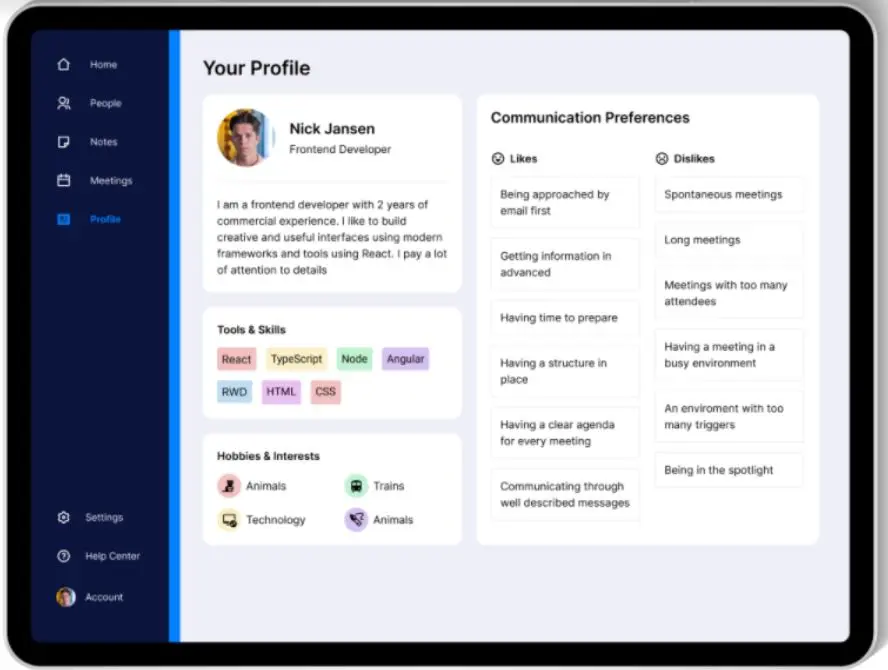
A communication tool
To make sure the meeting will stay structured there will be a communication tool with different features that can be used during this meeting. For example you can see the agenda structure that is sent beforehand. This way you are reminded to use it and you can check off the points. This will also provide structure and clarity for the user.
Every participant can let the others know how they feel about the topic they talked about by giving it an emoticon. This way you can clearly see which subjects still need some more attention and which ones are clear for everybody. With this extra check you see if people really understand everything, or if they are maybe afraid to speak up.
A drawing feature
The team also included a feature in which meeting participants can draw, as this might additionally aid communication.

For 10Clouds, this is just the beginning…
We wanted to wholeheartedly thank the Co-Design Studio students for coming on this journey of exploration with us. But this is just the beginning for 10Clouds when it comes to neurodiversity. We plan to keep educating ourselves on the subject, conducting workshops with our staff, making adaptations to our recruitment process, and generally striving for full inclusivity in the workplace.


